In the past 30 years, the world has lost nearly 4 trillion dollars to natural disasters. And in Serbia, the floods of 2014 caused damage of more than 1 billion euro.
To support countries in prevention and recovery from natural disasters, the United Nations developed Sendai Protocol for Disaster Risk Reduction from 2015 to 2030.
The Sendai Protocol has 4 priorities:
- Understanding the risk of disasters
- Strengthening institutions
- Structural and non-structural measures
- Preparedness, response and recovery
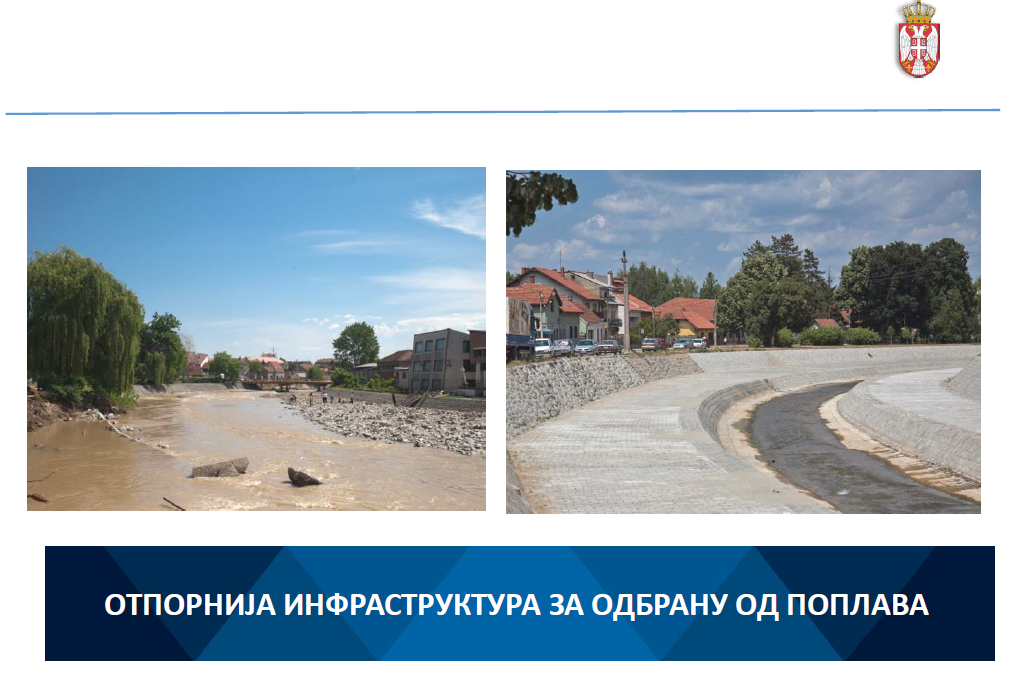
Serbia has passed two laws in this area: the Law on Disaster Risk Reduction and Emergency Management and the Law on Reconstruction after Natural and Other Disasters. A national disaster risk reduction strategy is under preparation, too. Effects of natural disasters tend to be the highest on agriculture and for this reason the Ministry of Agriculture, Forestry and Water Management, the Food and Agriculture Organization of the United Nations (FAO) and the European Union (EU) continue to support civil servants to deepen knowledge on climate change. The second in a series of trainings was held on November 1 and 2, 2022 in Belgrade. It covered the entire cycle of risk management & reduction and offered a space for exchange of experiences with the Croatian Ministry of Agriculture.
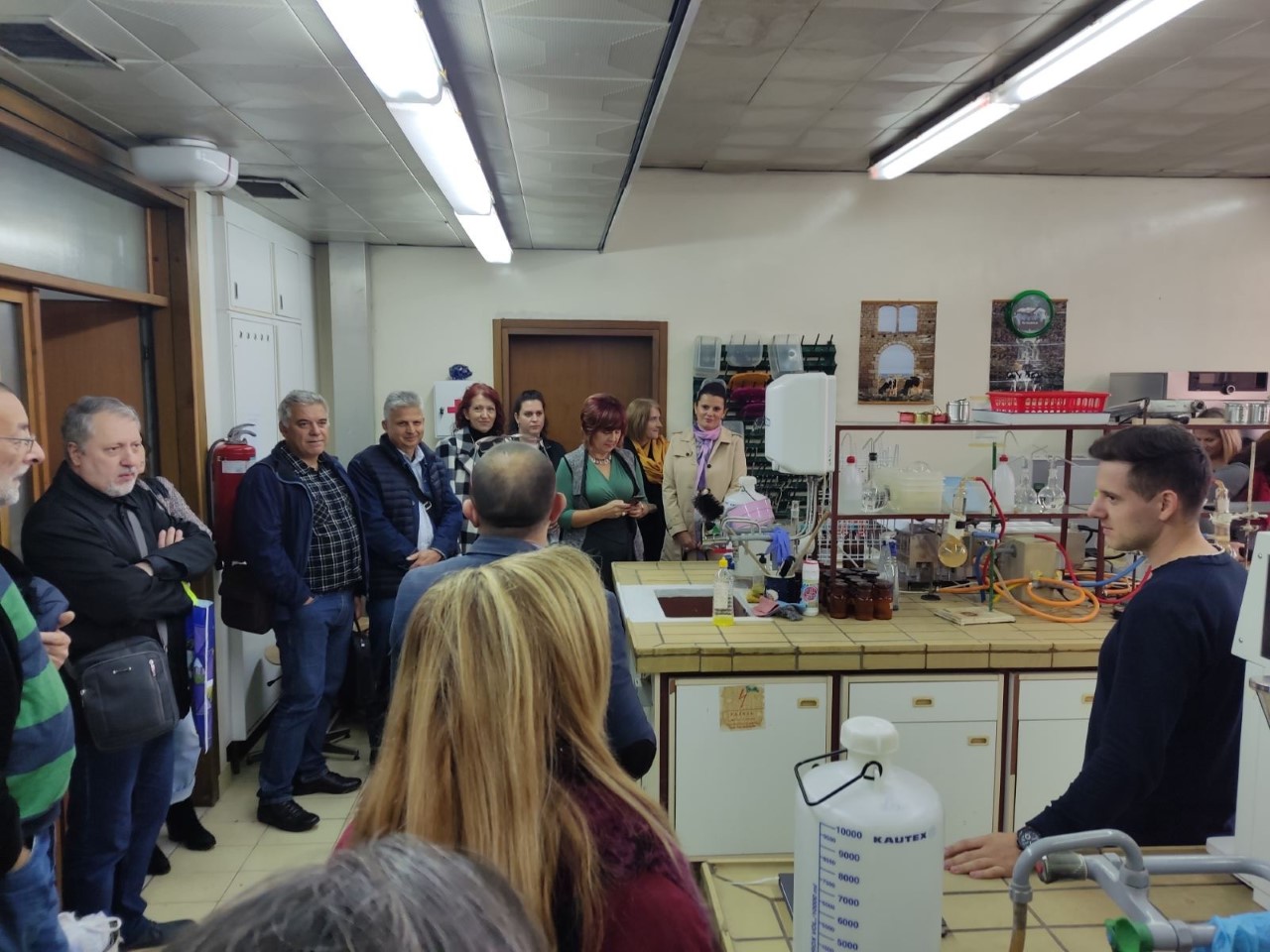
Climate-smart agriculture
As Serbia progresses on its way to the EU, it is expected that the legal and institutional framework develops to meet contemporary challenges of climate change. One way to do this is to transition to climate smart agriculture. Climate smart agriculture contributes to reduction of greenhouse gas emissions by 55% by 2030 and to the achievement of climate neutrality by 2050. These commitments form the Plan of Climate Goals 2030. And the steps to be taken to achieve these goals, like citizen participation and practical knowledge, are summarized in the European Climate Pact.
Zoning – a basic measure of adaptation
Out of the total agricultural land in Serbia, 74% are arable land and gardens, 19% meadows and pastures, 5% orchards and less than 1% vineyards. Crop production accounts for 66%, while livestock production for 34% of the total production. For their growth, development and optimal production, several inputs are needed: light, thermal energy, water, carbon dioxide and biogenic elements. Yet, the presence of these resources is not the same everywhere. This is where zoning comes in and defines boundaries of regions that are suitable for growing certain species. In this way it is possible to determine whether a region is a good choice for organizing production for any type of fruit.
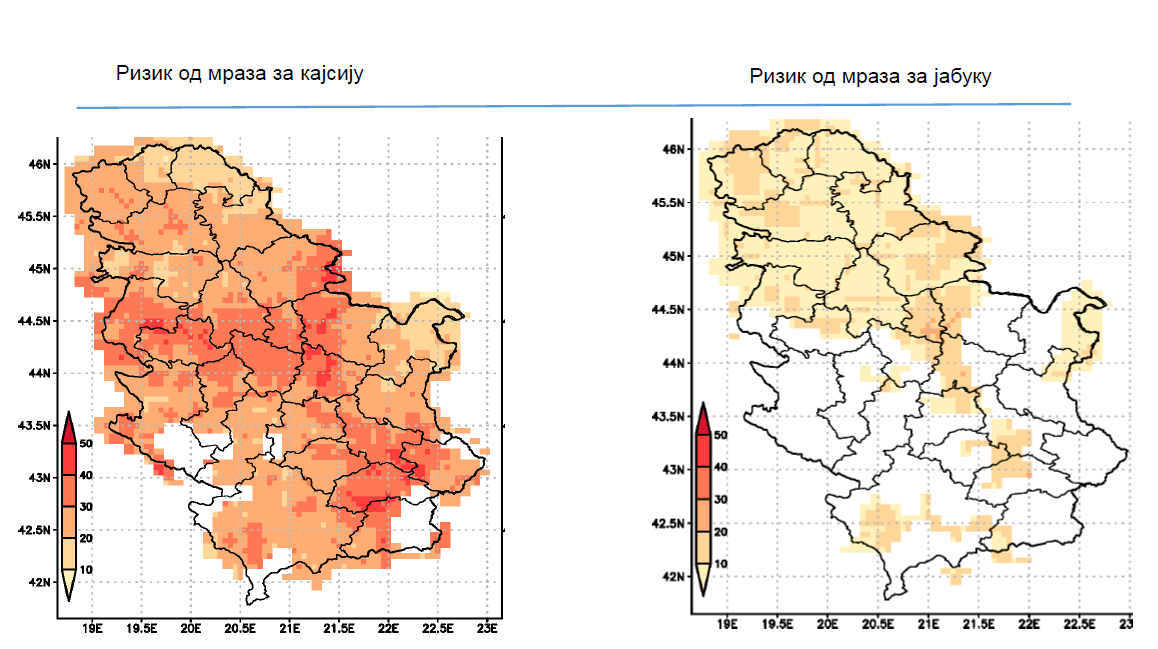
Meadows and pastures
Meadows and pastures cover almost 20% of agricultural land. At higher altitudes, they provide protection against erosion and prove to be the most profitable way of producing fodder in hilly areas.
What makes an ideal pasture?
- 50-60% grass
- 25-30% of plants from the leguminous family, like soybeans, clover, peas, and others
- 15-20% other species eaten by cattle
- up to 10% weeds
The risk of drought in pastures is already present today, while the lack of rainfall makes it likely to increase in years to come. This is why adaptation measures are important. They include introduction of fodder species more resistant to drought and high temperatures or the usage of sown lawns with varieties more resistant to risks. Good example is fodder watermelon. It comes from central Asia and unlike the typical watermelon, it has strong peel that is resistant to damage and contains less sugar. This makes it resilient to drought, so that fodder watermelon can be stored for a long time and given to animals.
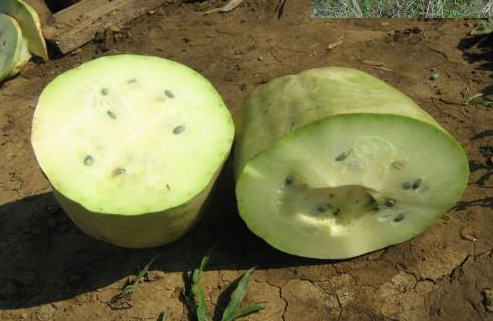
Animal husbandry
While the share of livestock in agricultural production is 35-40%, we notice a fall in variety of types of domestic animals, except sheep. The impact of climate change on animal husbandry is seen in the lower productivity of animals due to heat stress, deterioration of their health, poorer quality of livestock products, appearance of toxins in animal feed and the spread of new diseases.
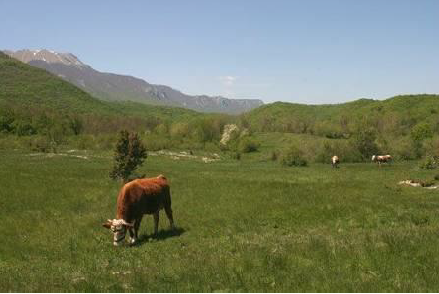
Of all these influences, heat stress is the most far-reaching. Heat stress is caused by high temperatures and can lead to metabolic changes, immune suppression and in most severe case, death of an animal.
How to recognize heat stress?
- Decrease in the productivity of domestic animals
- Cows unable to stand
- Decreased food intake and rumination
- Rapid breathing
- Weight loss
As adaptation measures, experts advise selection of animals according to health and resistance to heat stress; skillful preparation and distribution of animal feed; installation of micro-climate control systems; change of fodder crops and screening for the emergence of new animal diseases.
Photo credits: FAO Office in Serbia